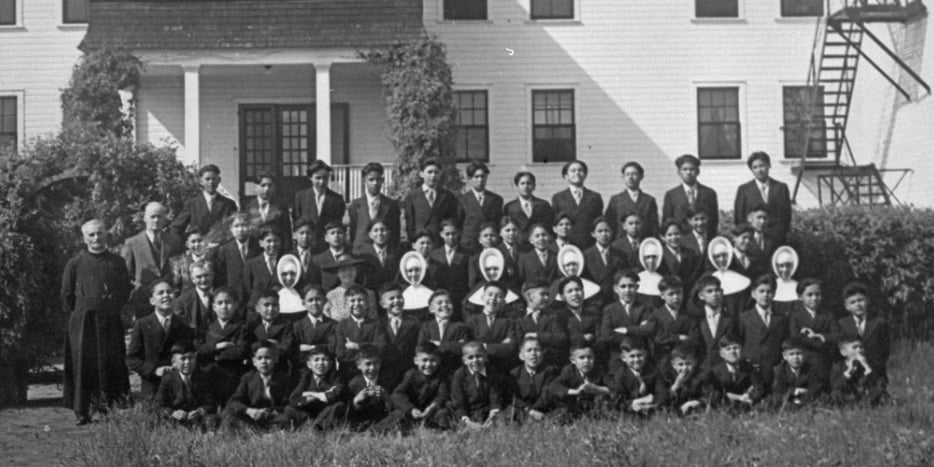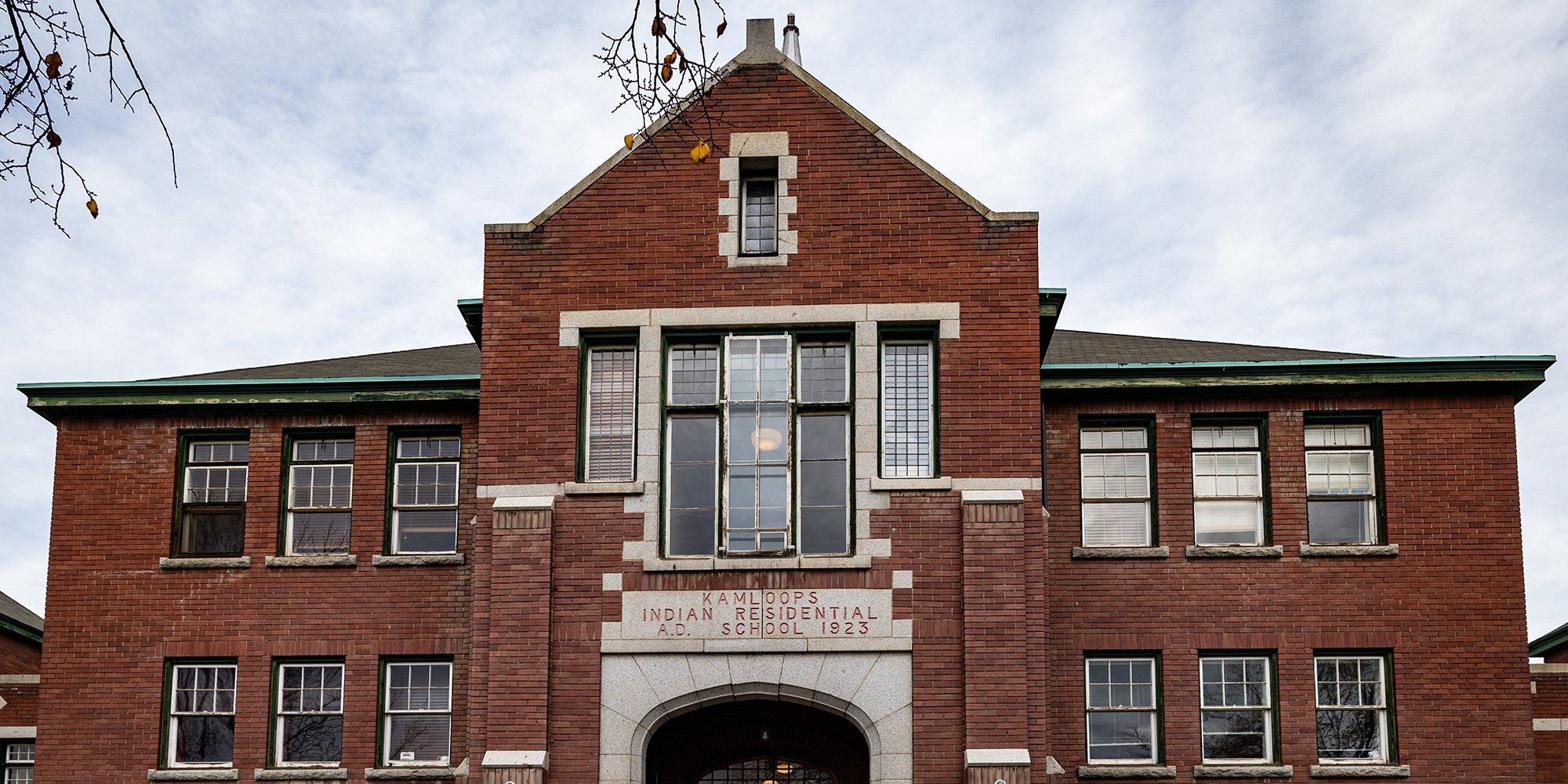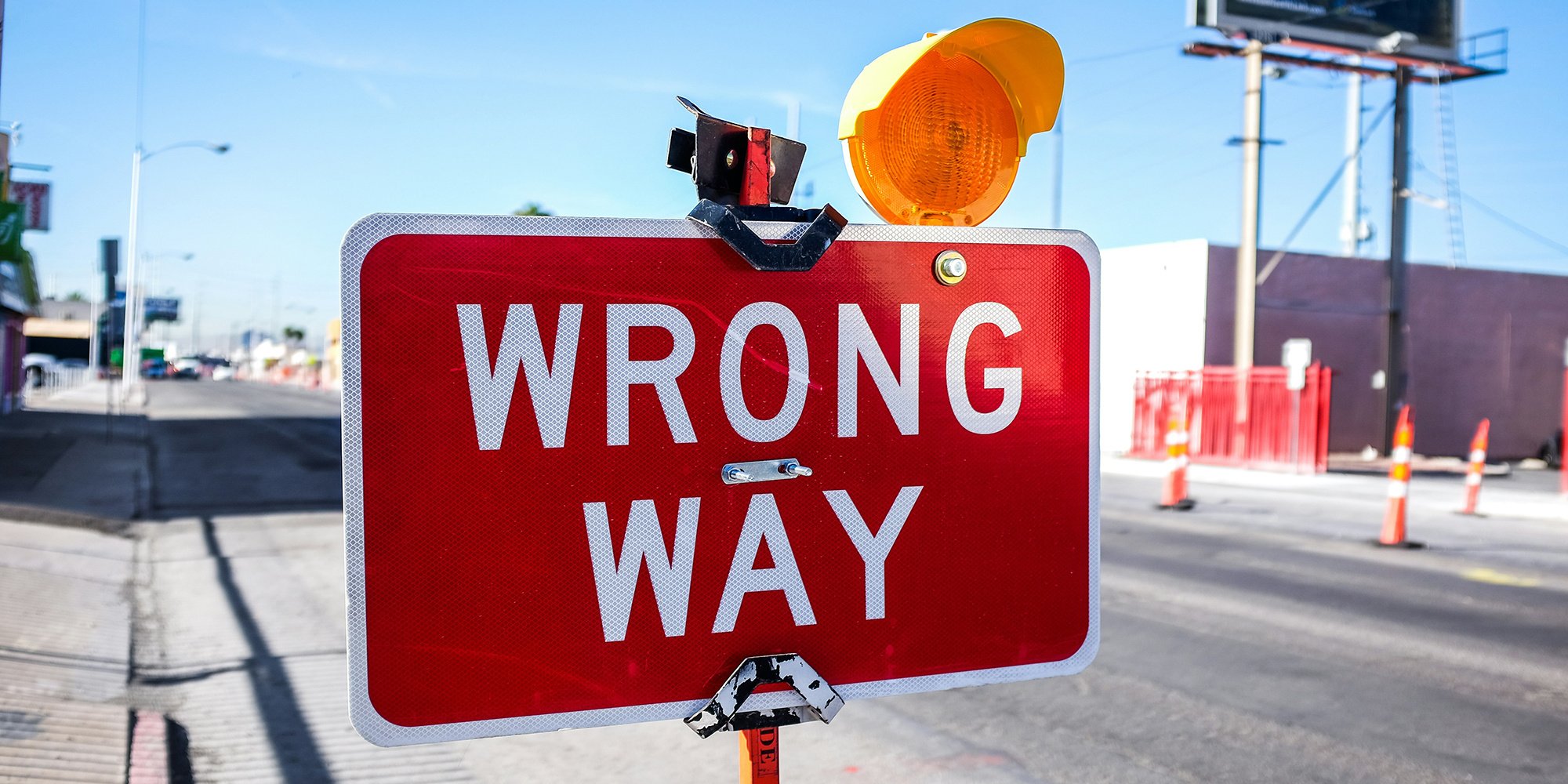1 min read
The Indian Act, Residential Schools and Tuberculosis Cover Up
Schools. Indian Act. R. S., c. 43, s. 1. 1884 11. The Governor in Council may make regulations, which shall have the force of law, for the...

When working closely with an Aboriginal community there are many factors and layers of complexities to be considered, some of which are very apparent and distinct, while others are not.
Here’s a scenario to consider:
You have a contract with a First Nation community that requires you to work in the band office. You don’t know any of the staff or community members. On the first day, you are warmly greeted and set about getting to know the people you will be working with for the duration of your contract. A few days later you attend your first group meeting and you notice the dynamics in the group are quite different from what you expected, based on your individual interaction with the staff and management.
“Sally”, who in one-on-one conversations is very outgoing, helpful, and a hard worker, is sitting at the table staring at her notebook, does not make eye contact with anyone when speaking, and only speaks up when asked a direct question. Talk around the table does not include her. Her work is discussed as if she weren't present at the meeting.
“Norman”, the person you report to, displays a very disturbing manner at the meeting - he belittles one or two of the employees, makes snide remarks about their work, rolls his eyes when they are speaking, starts talking before they have finished speaking, makes jokes about their work or their personal life but seems to have a few select people who are exempt from this attitude.
As you spend more time there you become the recipient of gossip and rumour-mongering, staff sharing information with you that paints others in a bad light, and backstabbing co-workers. You are given unreasonable deadlines, you cannot access the people and information you need to complete your work, and your efforts to meet with Norman are blocked. You hear comments in the hallway that you have taken a job that should have gone to someone in the community.
You are surprised and shocked as you expected a cohesive work environment, in which everyone supported one another.
What is going on here? According to the Native Women's Association of Canada (NWAC), this could be an example of Aboriginal lateral violence.
Aboriginal lateral violence (ABL) is a phenomenon that is the result of colonization, oppression, intergenerational trauma, racism and discrimination. Colonization forced culture underground, broke up families, dislocated people from their land and traditions, and imposed assimilation onto children via residential schools, which created the legacy of a multigenerational disconnect from culture. Children in the residential schools suffered mental, sexual and physical abuse; some children became abusers themselves for self-preservation.
Due to these factors, Aboriginal people are abusing each other in much the same way they have been abused. In some situations, the actions are deliberate whereas, in others, the perpetrator may be unaware of their actions.
Aboriginal lateral violence is a learned behaviour and can be evident in the workplace, communities and homes. (paraphrased from NWAC fact sheet on ABL)
According to the NWAC website, if you are on the receiving end of Aboriginal lateral violence, you should:
(paraphrased)
The Metro Vancouver Indigenous Services Society occasionally offers a two-day Lateral Violence workshop in Vancouver.
We always encourage non-Aboriginal people to do their due diligence, not just on the history of the community with which they are working, but to also learn about the impact that history can have on people. ABL can be a component when working in a community - be prepared and don't take it personally.
Here's a video Lateral Violence in Aboriginal Communities:
If you are or have experienced or witnessed Aboriginal lateral violence we suggest you look for more information on the root causes and how to deal with it. The Native Women's Association of Canada is a good source of information.
This article was originally posted on October 15, 2014.
Featured photo: Pexels

1 min read
Schools. Indian Act. R. S., c. 43, s. 1. 1884 11. The Governor in Council may make regulations, which shall have the force of law, for the...

There has been some discussion in the media recently about those who attended residential school having post-traumatic stress disorder, sometimes...

Consultation with First Nations is a necessary part of doing business on First Nation treaty or traditional land. Most levels of government and...